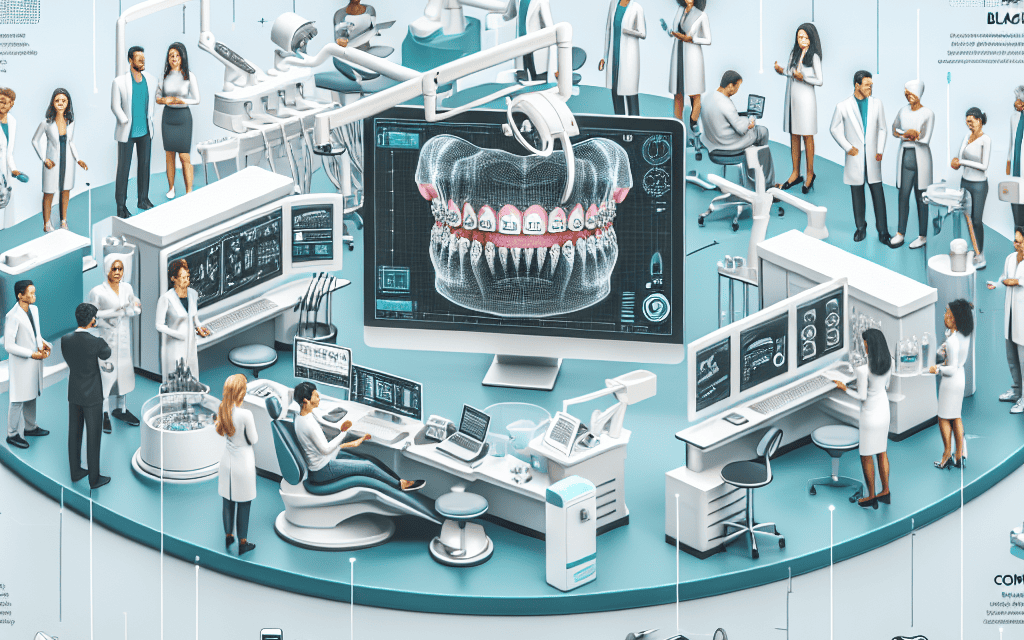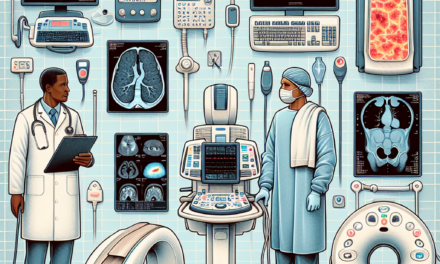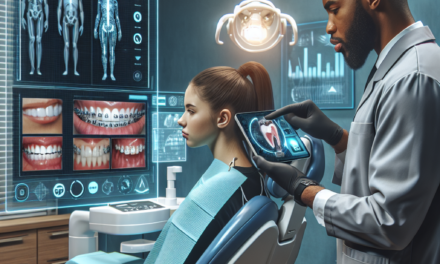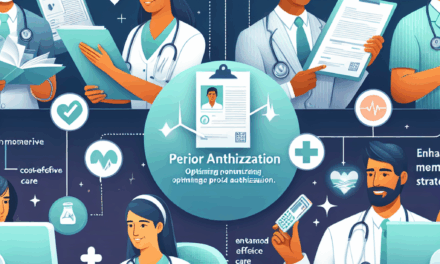The Impact of Digital Orthodontics on Modern Dentistry
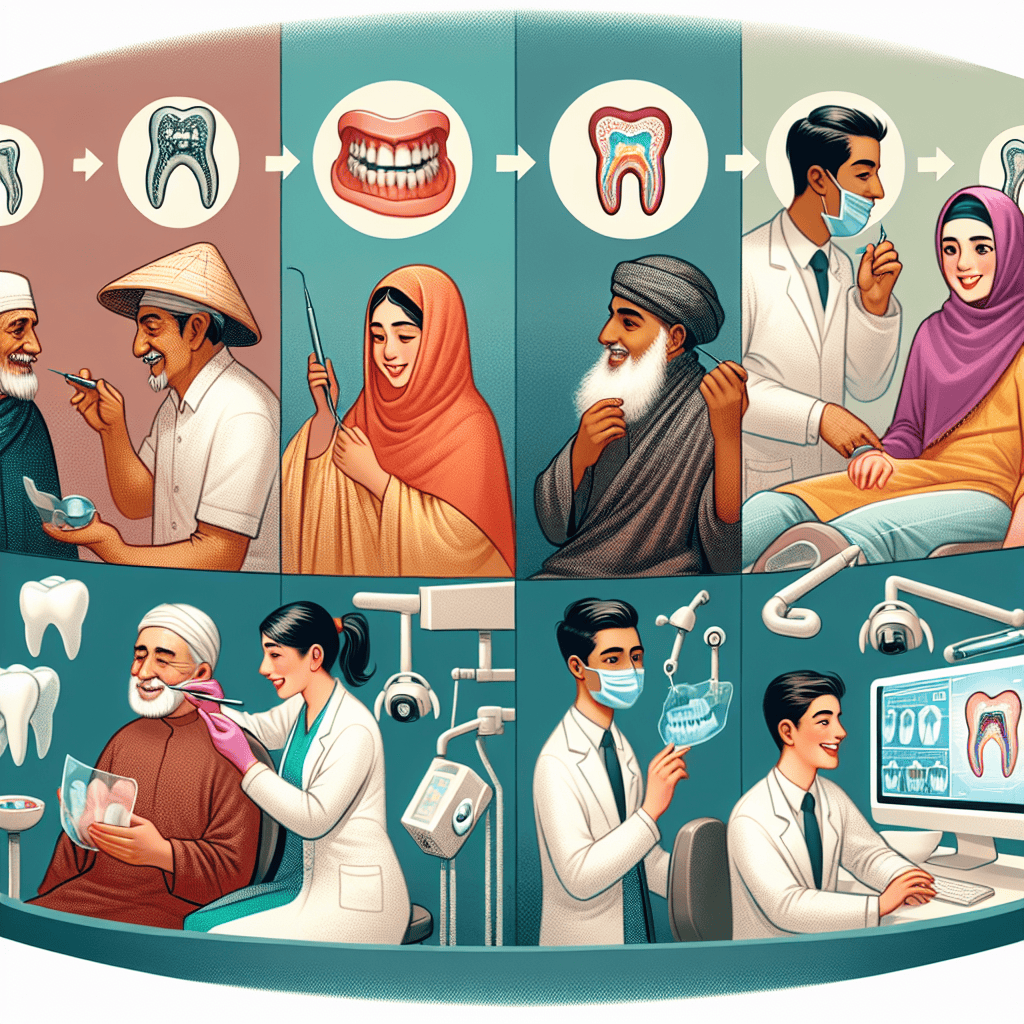
In recent years, digital orthodontics has revolutionized the field of dentistry, offering innovative solutions that enhance patient care, improve treatment outcomes, and streamline clinical workflows. This article delves into the profound impact of digital orthodontics on modern dentistry, exploring its various facets and implications. From advanced imaging technologies to personalized treatment plans, digital orthodontics is reshaping the landscape of dental care.
1. The Evolution of Orthodontic Imaging Technologies
Orthodontic imaging technologies have undergone significant advancements, transitioning from traditional methods to cutting-edge digital solutions. This evolution has not only improved diagnostic accuracy but also enhanced patient experience and treatment planning.
1.1 Traditional vs. Digital Imaging
Traditional orthodontic imaging relied heavily on 2D X-rays and plaster models, which, while effective, had limitations in terms of accuracy and detail. Digital imaging, on the other hand, offers 3D representations of dental structures, providing a comprehensive view that aids in precise diagnosis and treatment planning.
Digital imaging technologies such as cone-beam computed tomography (CBCT) and intraoral scanners have become integral to modern orthodontics. CBCT provides detailed 3D images of the teeth, jaw, and surrounding structures, allowing orthodontists to assess complex cases with greater accuracy. Intraoral scanners eliminate the need for uncomfortable dental impressions, offering a more comfortable experience for patients.
1.2 Benefits of Digital Imaging
The shift to digital imaging has brought numerous benefits to both practitioners and patients. For orthodontists, digital imaging facilitates better communication with patients, as they can visually demonstrate treatment plans and expected outcomes. This transparency enhances patient understanding and engagement in their treatment journey.
Moreover, digital imaging reduces the risk of errors associated with manual impressions and provides a permanent digital record that can be easily shared and accessed. This efficiency not only saves time but also improves the overall quality of care.
1.3 Case Study: Improved Diagnosis with CBCT
A study conducted by the American Journal of Orthodontics and Dentofacial Orthopedics highlighted the impact of CBCT in diagnosing impacted canines. The study found that CBCT provided a more accurate assessment of the position and orientation of impacted teeth compared to traditional 2D imaging, leading to more effective treatment planning and outcomes.
1.4 The Role of Artificial Intelligence in Imaging
Artificial intelligence (AI) is increasingly being integrated into digital imaging technologies, offering enhanced diagnostic capabilities. AI algorithms can analyze images to identify potential issues, such as cavities or misalignments, with high precision. This technology assists orthodontists in making informed decisions and developing personalized treatment plans.
AI-powered imaging also enables predictive analytics, allowing practitioners to anticipate treatment outcomes and adjust plans accordingly. This proactive approach enhances the overall effectiveness of orthodontic care.
1.5 Future Trends in Orthodontic Imaging
The future of orthodontic imaging is poised for further innovation, with advancements in AI, machine learning, and augmented reality. These technologies promise to enhance diagnostic accuracy, streamline workflows, and improve patient outcomes. As digital imaging continues to evolve, it will play an increasingly vital role in shaping the future of orthodontics.
2. Personalized Treatment Plans and Aligners
Digital orthodontics has paved the way for personalized treatment plans and the development of custom aligners, offering patients a more tailored and effective approach to dental care.
2.1 The Rise of Clear Aligners
Clear aligners, such as Invisalign, have gained popularity as a discreet and comfortable alternative to traditional braces. These aligners are custom-made using digital scans of the patient’s teeth, ensuring a precise fit and effective treatment.
The use of digital technology in creating aligners allows for a high degree of customization, accommodating the unique dental structure of each patient. This personalized approach not only improves treatment outcomes but also enhances patient satisfaction.
2.2 Advantages of Personalized Treatment Plans
Personalized treatment plans offer several advantages over traditional orthodontic approaches. By leveraging digital tools, orthodontists can create detailed simulations of treatment progress, allowing patients to visualize the expected results before starting the process.
This level of customization ensures that each patient’s treatment is tailored to their specific needs, reducing the risk of complications and improving overall efficiency. Additionally, personalized plans often result in shorter treatment times and fewer adjustments, making the process more convenient for patients.
2.3 Case Study: Success with Custom Aligners
A clinical study published in the Journal of Clinical Orthodontics examined the effectiveness of custom aligners in treating complex malocclusions. The study found that patients who received personalized aligners experienced faster treatment times and improved outcomes compared to those with traditional braces.
The study also highlighted the importance of digital planning in achieving precise tooth movements, underscoring the value of personalized treatment plans in modern orthodontics.
2.4 The Role of 3D Printing in Custom Aligners
3D printing technology has revolutionized the production of custom aligners, enabling rapid prototyping and manufacturing. This technology allows for the creation of highly accurate aligners that fit perfectly to the patient’s teeth, ensuring optimal comfort and effectiveness.
3D printing also reduces production costs and time, making custom aligners more accessible to a broader range of patients. As this technology continues to advance, it is expected to play an increasingly important role in the field of digital orthodontics.
2.5 Future Directions in Personalized Orthodontics
The future of personalized orthodontics lies in the integration of advanced technologies such as AI and machine learning. These tools will enable even greater customization and precision in treatment planning, further enhancing patient outcomes.
As digital orthodontics continues to evolve, personalized treatment plans and custom aligners will remain at the forefront of innovation, offering patients a more effective and tailored approach to dental care.
3. Streamlining Clinical Workflows with Digital Tools
Digital orthodontics has significantly streamlined clinical workflows, improving efficiency and productivity in dental practices. By leveraging digital tools, orthodontists can enhance patient care and optimize their operations.
3.1 The Integration of Digital Practice Management Systems
Digital practice management systems have become essential tools for modern orthodontic practices. These systems streamline administrative tasks, such as appointment scheduling, patient record management, and billing, allowing orthodontists to focus more on patient care.
By automating routine tasks, digital practice management systems reduce the risk of errors and improve overall efficiency. This integration also enhances communication between staff members, ensuring a seamless workflow and better patient experience.
3.2 Enhancing Patient Communication and Engagement
Digital tools have transformed the way orthodontists communicate with their patients. Online portals and mobile apps allow patients to access their treatment plans, schedule appointments, and receive updates on their progress from the comfort of their homes.
This level of accessibility enhances patient engagement and satisfaction, as they can actively participate in their treatment journey. Additionally, digital communication tools enable orthodontists to provide timely support and guidance, improving overall patient care.
3.3 Case Study: Improved Efficiency with Digital Workflows
A study conducted by the Journal of Dental Education examined the impact of digital workflows on orthodontic practices. The study found that practices that adopted digital tools experienced a significant reduction in administrative workload and an increase in patient satisfaction.
The study also highlighted the importance of training staff to effectively use digital tools, ensuring a smooth transition and maximizing the benefits of digital workflows.
3.4 The Role of Teleorthodontics
Teleorthodontics has emerged as a valuable tool in modern dentistry, allowing orthodontists to provide remote consultations and follow-ups. This approach is particularly beneficial for patients in remote areas or those with limited access to dental care.
By leveraging digital communication tools, orthodontists can offer virtual consultations, monitor treatment progress, and provide guidance without the need for in-person visits. This flexibility enhances patient convenience and expands access to orthodontic care.
3.5 Future Trends in Digital Workflows
The future of digital workflows in orthodontics lies in the integration of advanced technologies such as AI and machine learning. These tools will enable even greater automation and efficiency, further streamlining clinical operations and enhancing patient care.
As digital orthodontics continues to evolve, the adoption of digital workflows will remain a key driver of innovation, offering orthodontists new opportunities to optimize their practices and improve patient outcomes.
4. The Role of Artificial Intelligence in Orthodontics
Artificial intelligence (AI) is playing an increasingly important role in digital orthodontics, offering new possibilities for diagnosis, treatment planning, and patient care. By leveraging AI technologies, orthodontists can enhance their clinical capabilities and improve treatment outcomes.
4.1 AI-Powered Diagnostic Tools
AI-powered diagnostic tools are transforming the way orthodontists assess and diagnose dental conditions. These tools use machine learning algorithms to analyze dental images and identify potential issues with high accuracy.
By automating the diagnostic process, AI-powered tools reduce the risk of human error and provide orthodontists with valuable insights into their patients’ conditions. This technology enables more precise treatment planning and improves overall patient care.
4.2 Personalized Treatment Planning with AI
AI is also being used to develop personalized treatment plans that are tailored to each patient’s unique needs. By analyzing patient data, AI algorithms can predict treatment outcomes and recommend the most effective approaches.
This level of customization ensures that each patient receives the best possible care, improving treatment outcomes and enhancing patient satisfaction. AI-powered treatment planning also reduces the risk of complications and shortens treatment times, making the process more efficient and convenient for patients.
4.3 Case Study: AI in Orthodontic Treatment Planning
A study published in the Journal of Dental Research examined the impact of AI on orthodontic treatment planning. The study found that AI-powered tools significantly improved the accuracy of treatment plans and reduced the time required for planning.
The study also highlighted the potential of AI to enhance patient outcomes by providing more precise and personalized treatment recommendations.
4.4 The Future of AI in Orthodontics
The future of AI in orthodontics is promising, with ongoing advancements in machine learning and data analytics. These technologies will enable even greater precision and customization in treatment planning, further enhancing patient care.
As AI continues to evolve, it will play an increasingly important role in digital orthodontics, offering new opportunities for innovation and improving the overall quality of dental care.
4.5 Ethical Considerations in AI-Powered Orthodontics
While AI offers numerous benefits, it also raises ethical considerations that must be addressed. Issues such as data privacy, algorithmic bias, and the potential for over-reliance on technology are important factors to consider.
Orthodontists must ensure that AI-powered tools are used responsibly and ethically, prioritizing patient safety and privacy. By addressing these concerns, the dental community can harness the full potential of AI while maintaining the highest standards of care.
5. The Future of Digital Orthodontics
The future of digital orthodontics is bright, with ongoing advancements in technology and innovation. As digital tools continue to evolve, they will offer new possibilities for improving patient care and enhancing the overall quality of dental treatment.
5.1 Emerging Technologies in Digital Orthodontics
Emerging technologies such as augmented reality (AR) and virtual reality (VR) are poised to revolutionize digital orthodontics. These tools offer new ways to visualize treatment plans and engage patients in their care.
AR and VR can be used to create immersive simulations of treatment outcomes, allowing patients to see the potential results before starting the process. This level of engagement enhances patient understanding and satisfaction, improving overall treatment outcomes.
5.2 The Role of Big Data in Orthodontics
Big data is playing an increasingly important role in digital orthodontics, offering new insights into patient care and treatment outcomes. By analyzing large datasets, orthodontists can identify trends and patterns that inform treatment planning and decision-making.
This data-driven approach enables more precise and personalized care, improving patient outcomes and enhancing the overall quality of dental treatment.
5.3 The Impact of Digital Orthodontics on Patient Experience
Digital orthodontics is transforming the patient experience, offering new levels of convenience and engagement. By leveraging digital tools, orthodontists can provide more personalized and effective care, improving patient satisfaction and outcomes.
This shift towards digital care is also expanding access to orthodontic treatment, making it more accessible to a broader range of patients.
5.4 Challenges and Opportunities in Digital Orthodontics
While digital orthodontics offers numerous benefits, it also presents challenges that must be addressed. Issues such as data security, technology adoption, and the need for ongoing training are important considerations for orthodontists.
By addressing these challenges, the dental community can harness the full potential of digital orthodontics, offering new opportunities for innovation and improving the overall quality of care.
5.5 The Future of Orthodontic Education and Training
The future of orthodontic education and training is closely tied to the evolution of digital tools and technologies. As digital orthodontics continues to advance, it will require ongoing education and training for practitioners to stay up-to-date with the latest developments.
This commitment to continuous learning will ensure that orthodontists are equipped to provide the highest quality of care, leveraging digital tools to enhance patient outcomes and improve the overall quality of dental treatment.
Conclusion
Digital orthodontics is reshaping the landscape of modern dentistry, offering new possibilities for improving patient care and enhancing treatment outcomes. From advanced imaging technologies to personalized treatment plans, digital tools are transforming the way orthodontists diagnose, plan, and deliver care.
As digital orthodontics continues to evolve, it will offer new opportunities for innovation and improvement, enhancing the overall quality of dental treatment and expanding access to care. By embracing these advancements, the dental community can ensure that patients receive the best possible care, improving their oral health and overall well-being.

